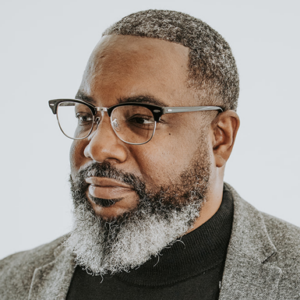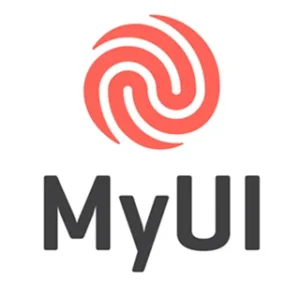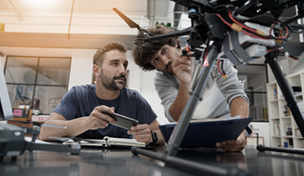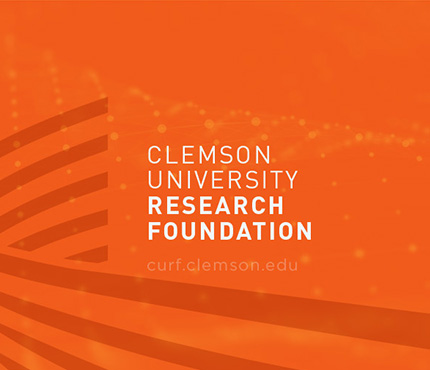
Q: What initially sparked your interest in technology and computing?
A: I was drawn to art, science and technology at a very young age. My interest in tech dates to my reading of books and short stories by Isaac Asimov and Arthur C. Clarke as a child. I’ve always been fascinated by science fiction and both of those writers reflect the type of innovative, imaginative, and futuristic thinking that we get from the best of science fiction. My general feeling is that Sci-Fi shows us what is possible while giving us a preview of sorts into future and emerging technologies. My interest accelerated when I participated in a special program in 4th grade. The types of creative hands-on science projects we worked on in that program went well beyond what I was used to and spurred a lifelong interest in science and technology.
Q: How did your academic journey—from a liberal arts degree to software engineering and human-centered computing—shape your career path?
A: Despite growing up interested in science and technology, I initially wanted to be an attorney. I really enjoyed debating and making logical arguments, so that was a perfect career for me at the time, based on what little I knew about law. At the same time, I was also passionate about the process of creation, which I channeled into the visual arts. I chose a liberal arts degree because it gave me the flexibility to explore my passions (e.g. art, science, philosophy, etc.) while still leaving the door open for me to specialize in a specific discipline in graduate school. After completing a number of technical and certificate programs and working for years as a software developer, I decided to pursue a graduate degree to further my knowledge of software engineering. While working on my master’s, I fell in love with research. I found that I was able to combine my love of the arts with an interest in solving human problems by leveraging emerging technologies. As a Human-Centered Computing faculty member, this background informs how I think about problems and the problems that I choose to explore. I have degrees in software engineering, human-centered computing, and business, as well as multiple certificates in project management and programming. Still, the liberal arts foundation, in my mind, ties everything together.
Q: Were there any key mentors or experiences that influenced your decision to focus on accessibility and user experience?
A: My decision to focus on accessibility was, from a personal perspective, driven by my uncle. My uncle, Fenton Brinkley was born with a severe cognitive disability that affected his daily life. In conversations with my father, he would tell me how disturbed he was at how my uncle was excluded from many things due to the nature of his disability. I believe in inclusion - I never want my children, or anyone for that matter, to feel excluded by technology. From a professional perspective, I was first introduced to accessibility while a first-year graduate student by my advisor, Dr. M. H. N. Tabrizi, at East Carolina University. Dr. Tabrizi was one of my first real mentors, and his significant support and encouragement really prompted my first thoughts that I could pursue my current line of research as a career. My other big influences are Drs. Shaundra Daily (Duke) and Juan Gilbert (The University of Florida). Working with Shaundra helped me think about accessibility barriers in new ways, while Juan is a true innovator who is very good at thinking beyond what is to imagine what may be.
Q: What drew you to the field of human-computer interaction, and how has your perspective evolved over time?
A: I think truly exceptional products and technologies are differentiated by their user experience. Apple, Tesla, and Oxo are a few companies that stand apart based on perceptions of how excellent their human-product/human-technology interaction is. Great design is often very difficult to execute, but it is commonly simple yet sophisticated. Over time, I have come to increasingly believe that great design and great human-computer experiences are defined more by what we can eliminate than by what we can add.

Q: What inspired you to launch the Design and Research of In-Vehicle Experiences Lab (DRIVE Lab), and what are some of its major projects?
A: The DRIVE Lab was founded primarily to conduct research on existing and emerging transportation technologies. This research is not exclusively focused on people with disabilities and older adults but this has generally been a major focus. Since 2018, we have conducted research exploring the design of accessible autonomous vehicles, a variety of studies on automotive human-machine interfaces for conventionally operated vehicles, and human-machine interfaces for automated ground military vehicles. We have won awards for some of this research including a $300,000 semifinalist award in the US Department of Transportation’s Inclusive Design Challenge for Autonomous Vehicle Accessibility and an InnoVision award for the related MyUI.AI project. Over the past three years we have expanded our areas of research to also include virtual reality as a rehabilitation, recreation, and assistive technology for persons with disabilities and older adults.

Q: Can you explain the motivation behind your award-winning startup company, MyUI.ai and how it works for users?
A: MyUI was originally imagined as a means of supporting greater interface accessibility for people with disabilities in their use of ridesharing autonomous vehicles like Waymo. MyUI works as a digital fingerprint that allows your personalized user experience to follow you from device to device. Instead of a one-size-fits-all interface, it can be thought of as a personally tailored interface that supports greater accessibility and usability. We quickly realized that this concept could be extended to a variety of technologies with largely digital interfaces like kiosks and smart consumer appliances. What we’re trying to accomplish at MyUI is to leverage a familiar concept to solve a new type of problem. The concept of interface adaptation is not new; one needs only to explore responsive web design as one such implementation of the concept. What we’re trying to do with MyUI is to expand this concept by using artificial intelligence to support digital interface adaptation, which essentially supports user experience personalization. The primary goal of MyUI is to enable users to have personalized interfaces in their use of MyUI-compatible devices (e.g., kiosks, automotive interfaces, and consumer appliances).
Q: What are some of the biggest challenges you’ve faced in your career and how have you overcome them?
A: One of the biggest challenges that I’ve faced over the past 24-36 months is balancing running a large lab with conducting quality research. At its largest, my lab had 15 students and I struggled a bit initially at managing such a large group. I overcame that by empowering more experienced doctoral students with limited decision-making and project management responsibilities. I learned a lot from this struggle and ultimately decided to intentionally shrink the number of students that I work with to a more manageable number. I have also started to be more selective about the types of grants and projects that we pursue.
Q: What advice would you give to students and professionals who want to pursue a career similar to yours?
A: I would say don’t be afraid to get out of your comfort zone and take risks. I’ve learned that often, on the other side of the unknown is something great. It is also vitally important to be persistent and committed to hard work. Personally, I try to operate with the attitude that no one will outwork me, and I refuse to quit. I’m primarily driven by a desire to be creative in how we explore solutions to complex problems, but measured risk-taking, a commitment to hard work, and perseverance are what I would say have been the biggest contributors to any success that I have had in my career.













